 0
0
Products Description

N-type thermocouple bare wire is an important sensor element used for temperature measurement. It is composed of two metal wires of different materials (usually nickel chromium/nickel silicon), and the temperature is measured by the thermoelectric potential difference generated at different temperatures. N-type thermocouple bare wire has good linear characteristics and stability, suitable for a wide temperature range, usually reaching hundreds of degrees Celsius or even higher. Due to its simple structure, fast response speed, and moderate cost, N-type thermocouple bare wire is widely used in temperature measurement and control in industrial, scientific research, and laboratory fields.
Parameter

The nickel chromium silicon nickel silicon magnesium thermocouple (N-type thermocouple) is a low-cost metal thermocouple, which is the latest internationally standardized thermocouple,
The nominal chemical composition of the positive electrode (NP) is Ni: Cr: Si ≈ 84.4:14.2:1.4,
The nominal chemical composition of the negative electrode (NN) is Ni: Si: Mg ≈ 95.5:4.4:0.1,
Its operating temperature range is -200~1300 ° C.
ASTM | (American Society for Testing and Materials) E 230 | ||
ANSI | (American National Standard Institute) MC 96.1 | ||
IEC | (European Standard by the International Electrotechnical Commission 584)-1/2/3 | ||
DIN | (Deutsche Industrie Normen) EN 60584-1/2 | ||
BS | (British Standards) 4937.1041, EN 60584-1/2 | ||
NF | (Norme Francaise) EN 60584-1/2-NFC 42323-NFC 42324 | ||
JIS | (Japanese Industrial Standards) C 1602-C 1610 | ||
GOST | (Unification of the Russian Specifications) 3044 | ||
Code | +Positive leg | -Negative leg | Temperature Range |
N | Ni-Cr-Si (NP) | Ni-Si-Mg (NN) | -454 to 2300°F (-270 to 1,260°C) |
K | Ni-Cr-Si (KP) | Ni-Al (KN) | –454 to 2,300°F (–270 to 1260°C) |
E | Ni-Cr (EP) | Cu-Ni<constantan> (EN) | -454 to 1600°F (-270 to 870°C) |
J | Iron (JP) | Cu-Ni<constantan> (JN) | -346 to 1,400°F (-210 to 760°C) |
T | Copper (TP) | Cu-Ni<constantan> (TN) | -454 to 700°F (-270 to 370°C) |
B | Platinum Rhodium-30% | Platinum Rhodium-6% | 32 to 3100°F (0 to 1700°C) |
R | Platinum Rhodium-13% | Platinum | -58 to 2700°F (-50 to 1480°C) |
S | Platinum Rhodium-10% | Platinum | -58 to 2700°F (-50 to 1480°C) |
C (W-Re5/26) | Tungsten 5% Rhenium | Tungsten 26% Rhenium | 212 to 4172°F (100 to 2300°C) |
D (W-Re3/25) | Tungsten 3% Rhenium | Tungsten 25% Rhenium | 212 to 4172°F (100 to 2300°C) |
G (W-Re26) | Pure Tungsten | Tungsten 26% Rhenium | 212 to 4172°F (100 to 2300°C) |
For more details, pls directly contact us.
Main features:

Strong antioxidant capacity: N-type thermocouples have excellent antioxidant capacity below 1300 ° C.
Good long-term stability and short-term thermal cycle reproducibility: This makes the N-type thermocouple stable during long-term use and exhibits good reproducibility in thermal cycle testing.
Good resistance to nuclear radiation and low temperature: N-type thermocouples have good resistance to nuclear radiation and can also maintain performance in the low temperature range.
Good linearity of thermoelectric characteristics: In the range of 400-1300 ° C, the thermoelectric characteristics of N-type thermocouples are linear better than those of K-type thermocouples.
High sensitivity: N-type thermocouples have a large thermoelectric electromotive force, providing high sensitivity.
Low price: Compared to precious metal thermocouples, N-type thermocouples have lower costs.
High oxidation resistance: Nisil (nickel silicon alloy), as a negative lead material for N-type thermocouples, has higher oxidation resistance than E-type, J-type, and K-type thermocouples.
Application of K-type thermocouple bare wire

High temperature measurement: Due to its high-temperature oxidation resistance, N-type thermocouples are suitable for measuring high temperature areas exceeding 1000 ° C.
Industrial use: In the industrial field, N-type thermocouples are often used in situations that require long-term stability and high sensitivity.
Research and laboratory: Due to its accuracy and stability, N-type thermocouples are also suitable for precise temperature measurement in research and laboratories.
The pharmaceutical and biotechnology industries: Although S-type thermocouples are more common in these industries, the stability and oxidation resistance of N-type thermocouples also make them a potential choice.
Notes

N-type thermocouples cannot be directly used at high temperatures in atmospheres with alternating sulfur, reduction, or oxidation, and in vacuum. They are also not recommended for use in weakly oxidizing atmospheres.
In the low temperature range (-200~400 ° C), the nonlinear error of N-type thermocouples is large, and the material is hard and difficult to process.
Summary

The N-type thermocouple bare wire has demonstrated its unique advantages in various high-temperature measurements and industrial applications due to its excellent high-temperature oxidation resistance, stability, and cost-effectiveness. However, its application in specific atmospheres and low temperatures is limited and requires selection based on specific usage environments and requirements.
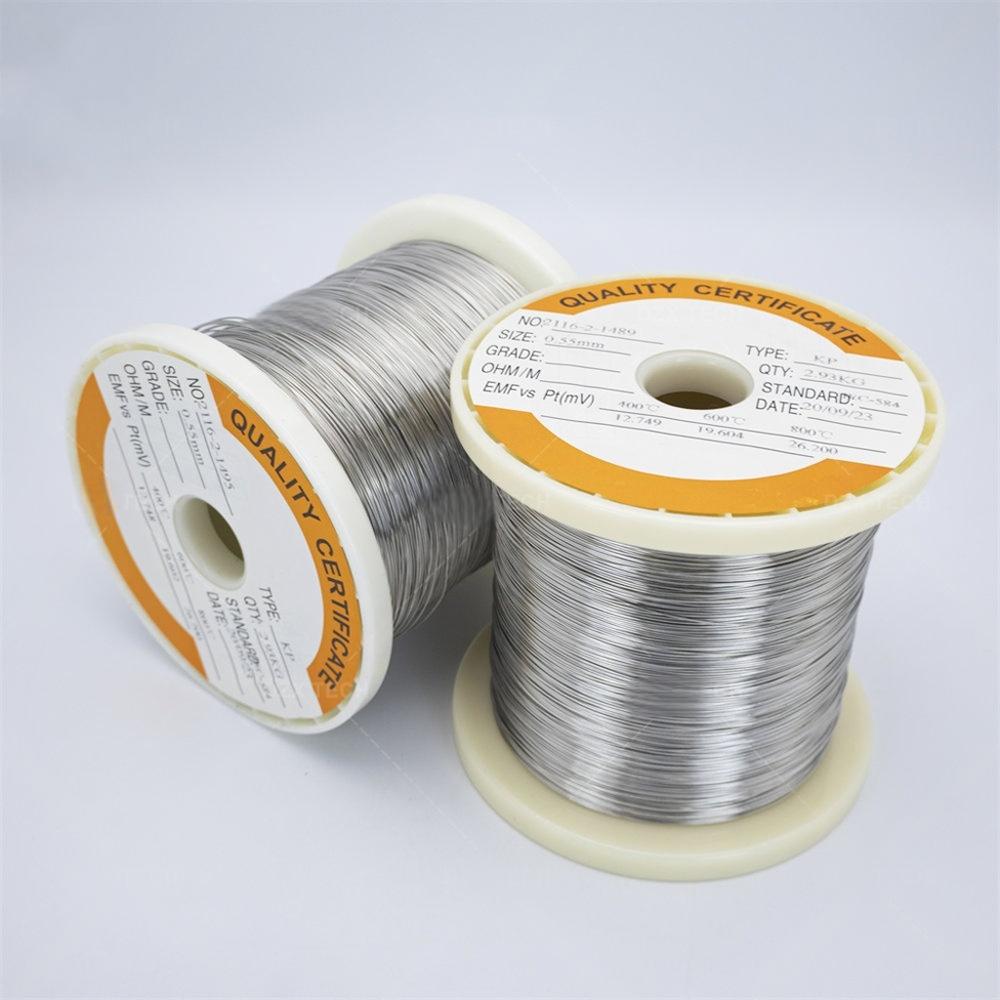
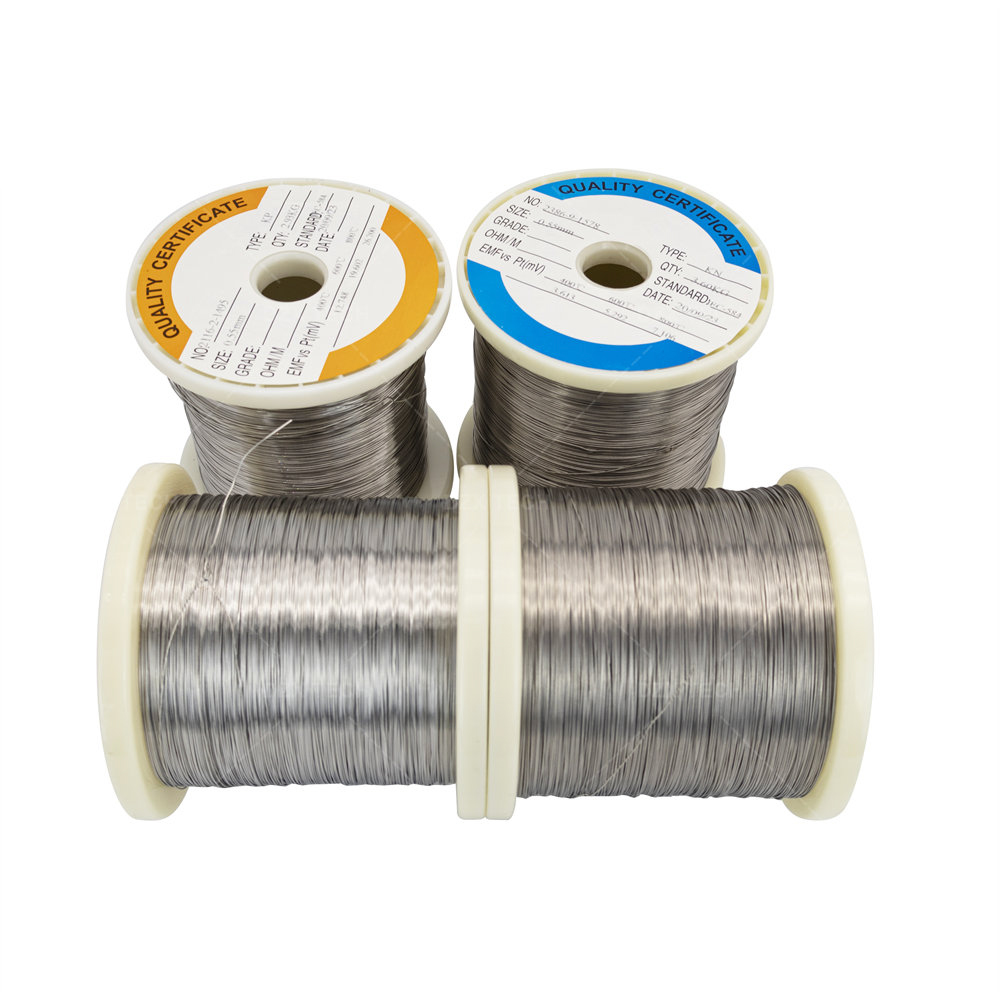
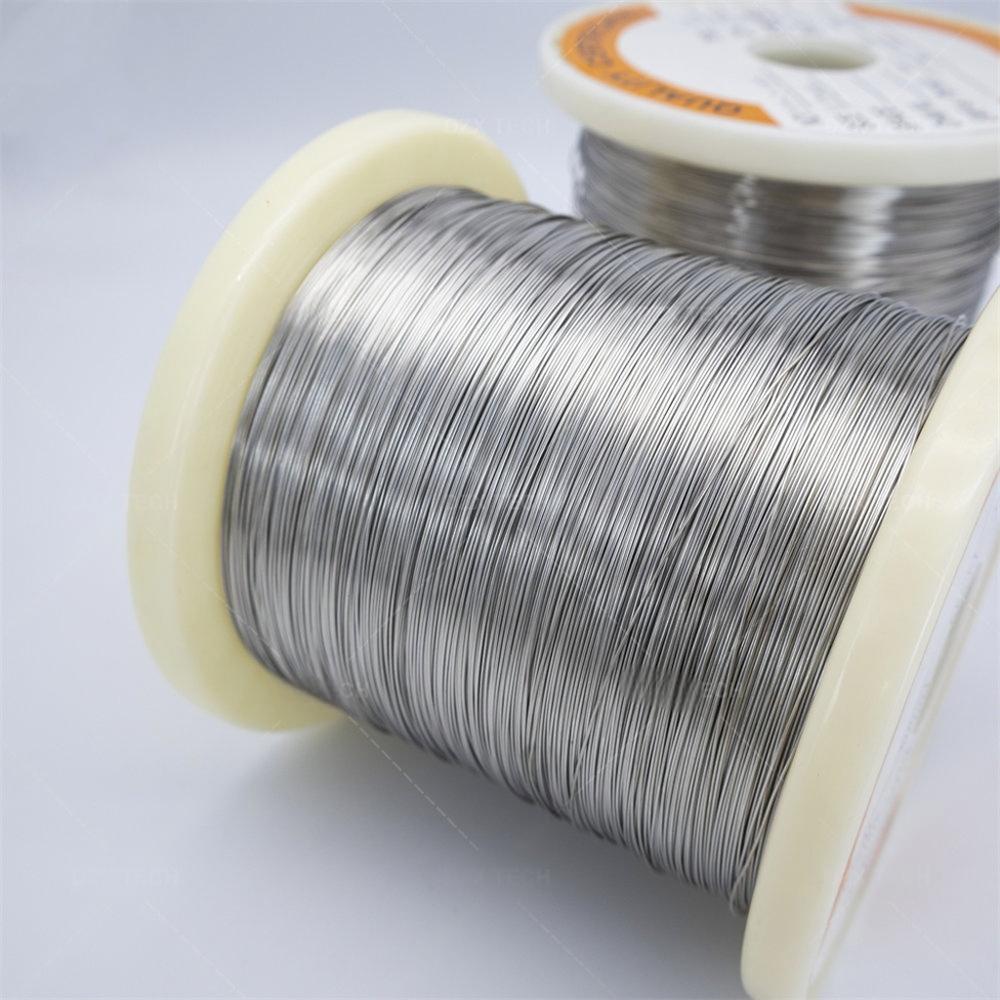
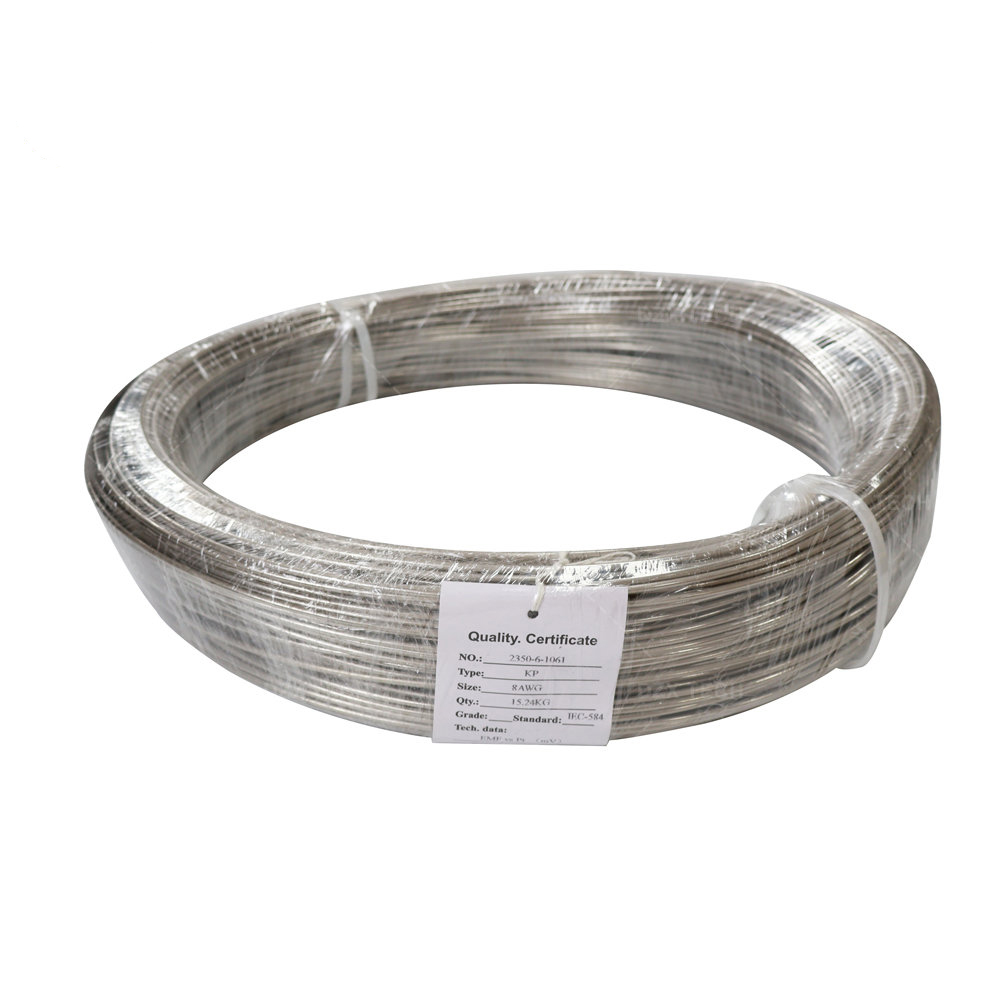
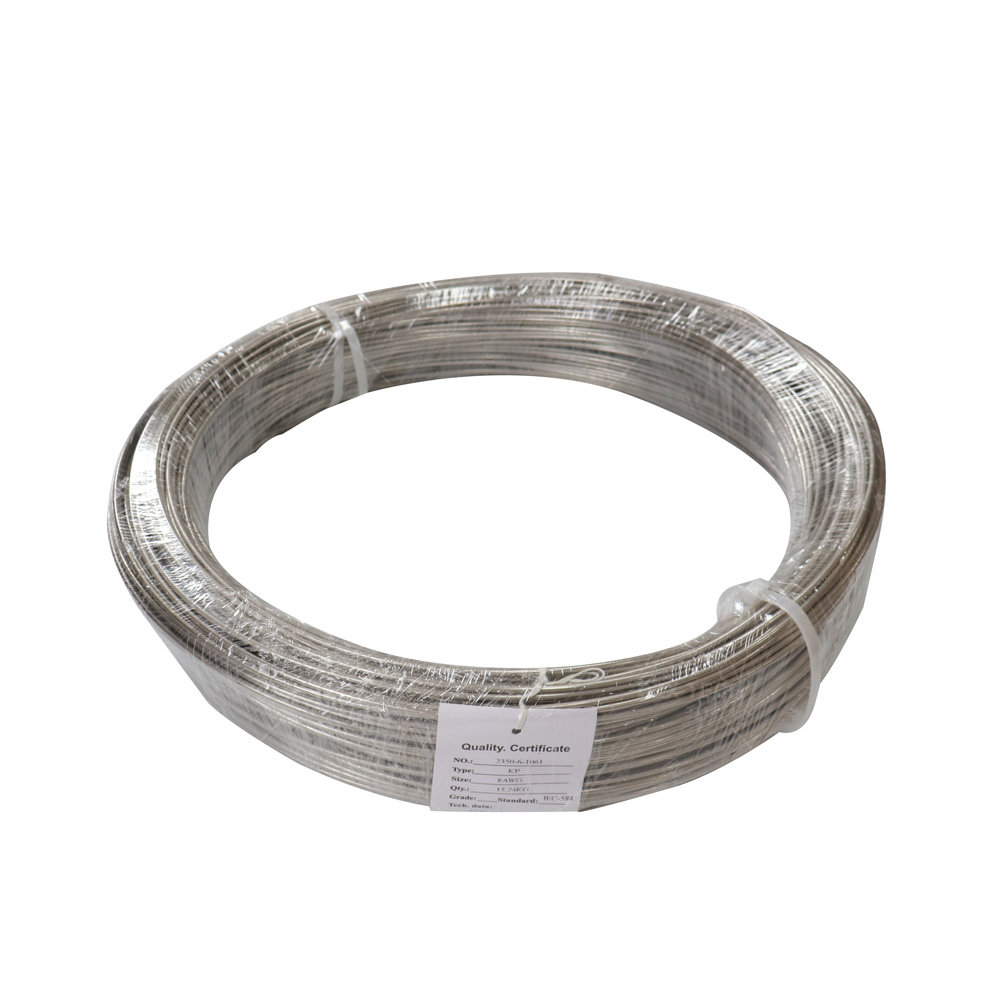
E-mail: Info@hulkalloy.com
Mobile: 0086 13852926463
Tel: 0086 13852926463
Whatapps: 0086 13852926463
Add: Renli Village, Fangxian Town, Danyang City, Jiangsu Province, China